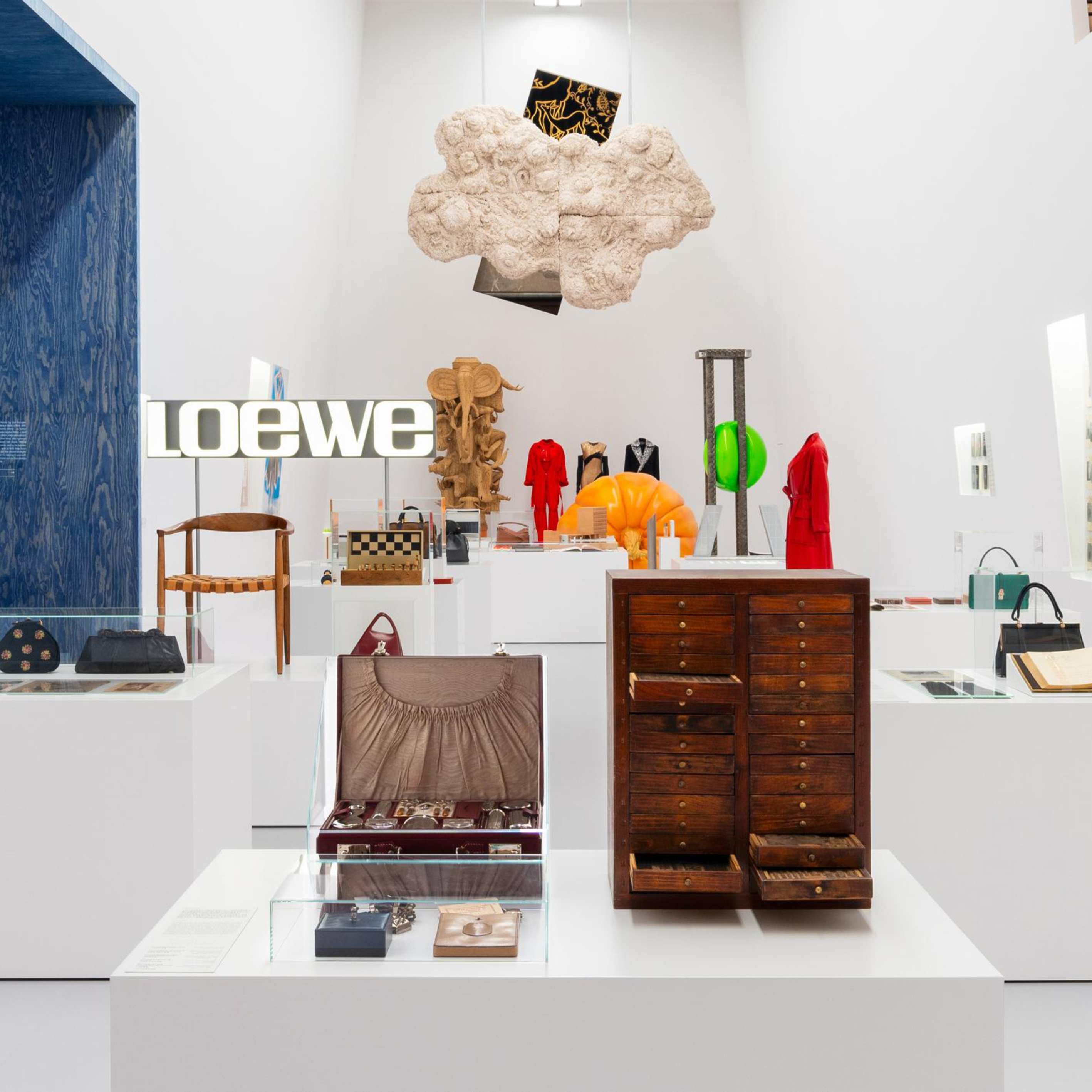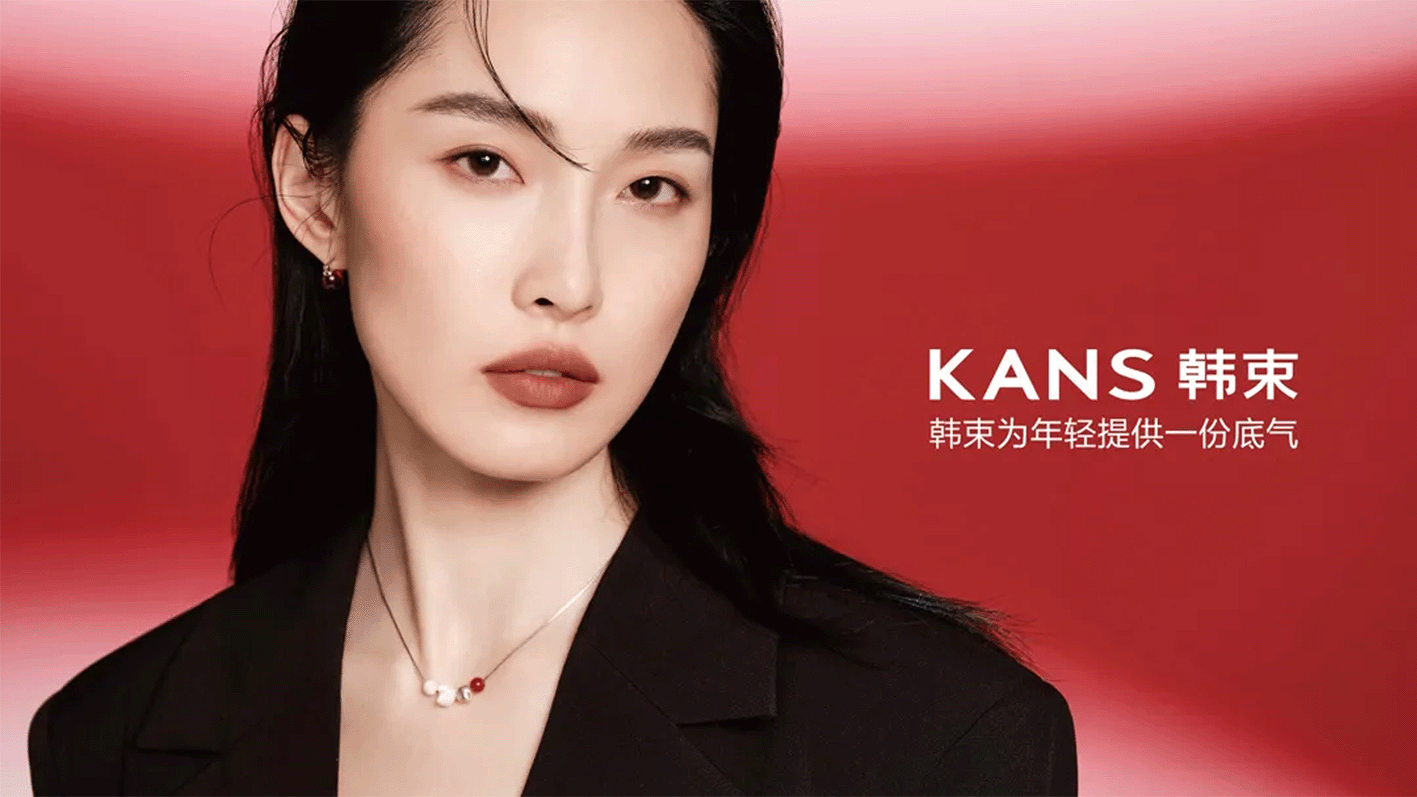- FEATURE
- |
- MERGERS & ACQUISITIONS
- |
- FINANCIAL
- |
- MARKETING
- |
- RETAIL
- |
- ESG-SUSTAINABILITY
- |
- LIFESTYLE
- |
-
MORE


Chanel’s Hangzhou Show not only displayed the creativity, influence, and purchasing power of a luxury brand, but it also offered valuable insights for the industry on building brand cultural strength, which should be carefully considered.
After 15 years, Chanel returned to China, hosting its 2024/25 Metiers d'art collection show in Hangzhou on December 3. This city became the third Asian city, following Tokyo and Shanghai, to host the global debut of the Chanel Metiers d'art collection. The show showcased Hangzhou’s beauty and prosperity to audiences worldwide.
Chanel has twice chosen the economically strong Yangtze River Delta region from the Bund in Shanghai to West Lake in Hangzhou. For Chanel, this region’s economic power and its potential for consumption are crucial areas to focus on, especially given the current global economic climate. It also signals Chanel’s growing commitment to the Chinese market.
But from a cultural standpoint, if the show 15 years ago was a tribute to modern Chinese culture, this Hangzhou show represents Chanel fulfilling its founder Gabrielle Chanel’s “Chinese fantasy” that she never fully realized. While telling the brand’s heritage story again, it also formed an emotional connection with the Chinese market.
Those familiar with the brand’s history will recognize the story: although Gabrielle Chanel never visited Hangzhou, she had a large Coromandel screen depicting West Lake in her private study at 31 Rue Cambon. This screen was one of her main inspirations for imagining the East and drawing on Eastern aesthetics. As a result, the screen became a key source of design inspiration for the collection and a starting point for linking the brand to Hangzhou’s cultural identity.

The story of the screen, after a century, turned into a runway stretching across West Lake, offering an extravagant setting for Chanel’s grand debut. Using West Lake’s natural beauty as the backdrop was enough to take people’s breath away.
With the steady beat of drums, supermodel Liu Wen opened the show in a long coat embroidered by Montex, setting the tone for the night.

<

























